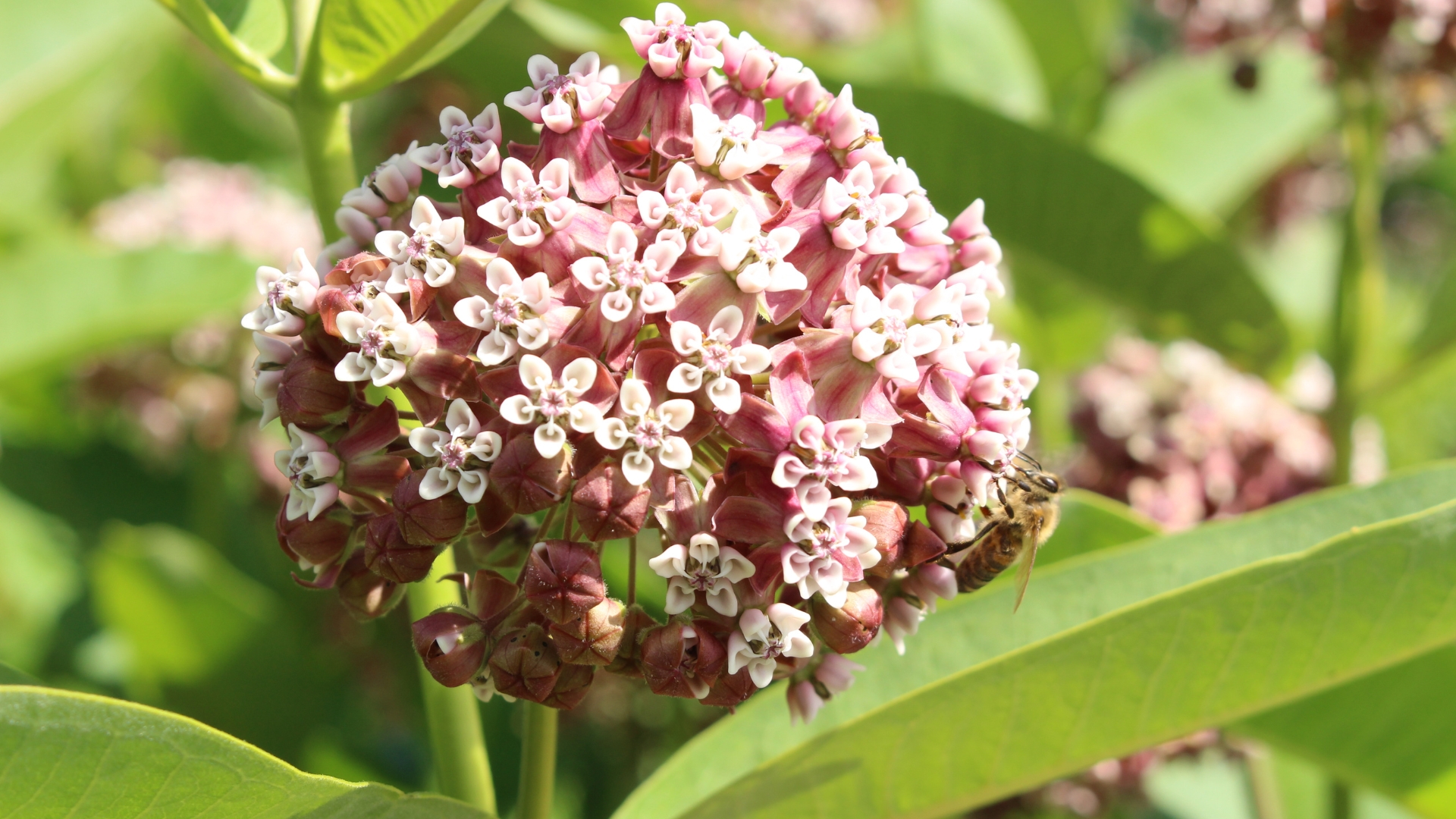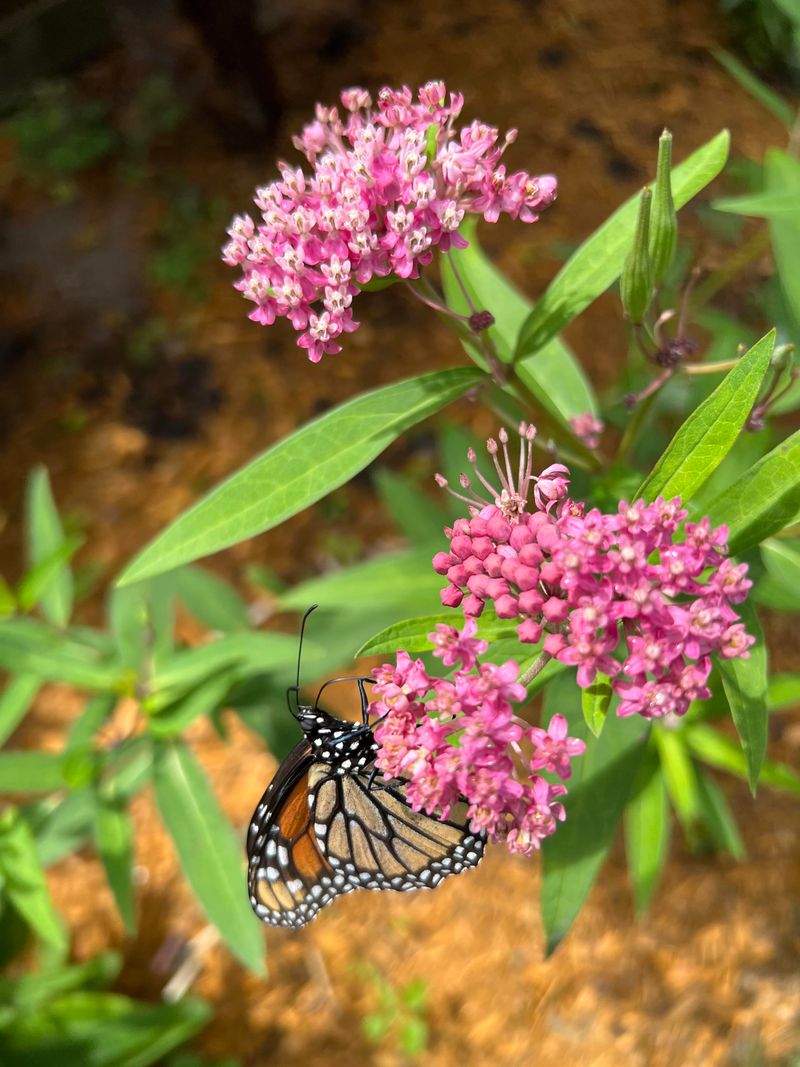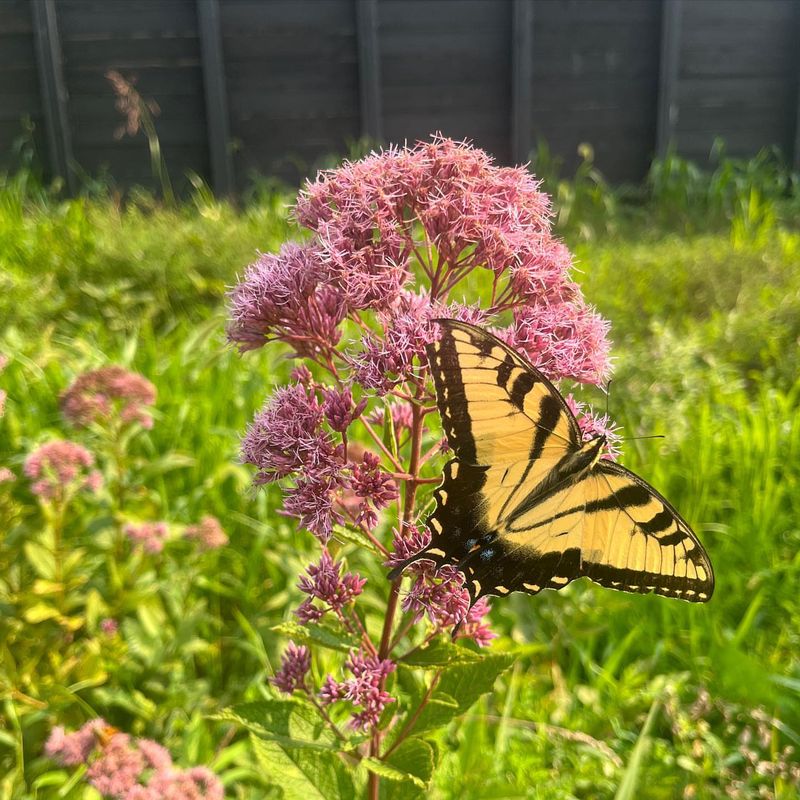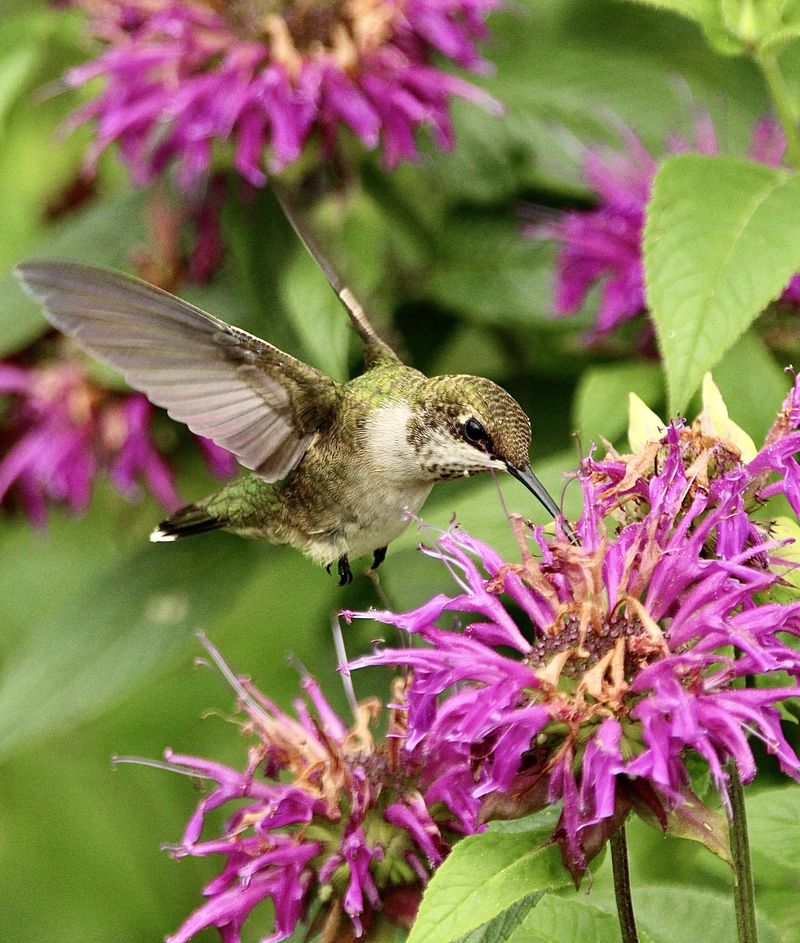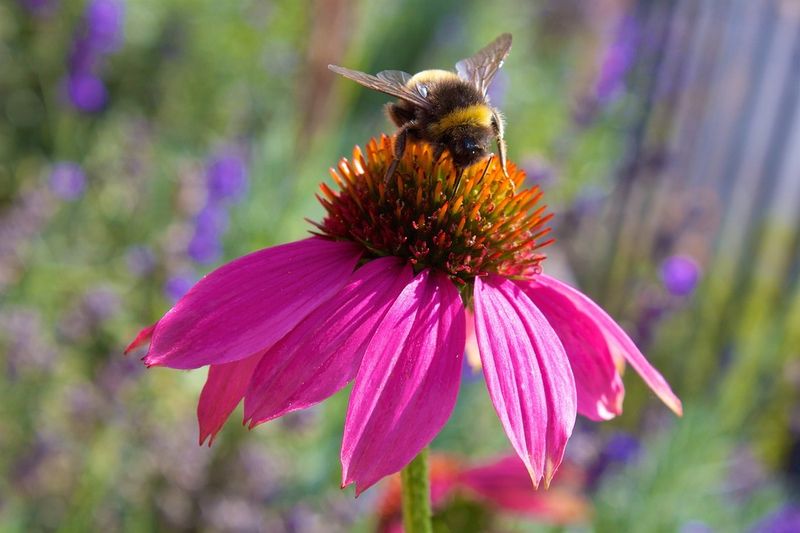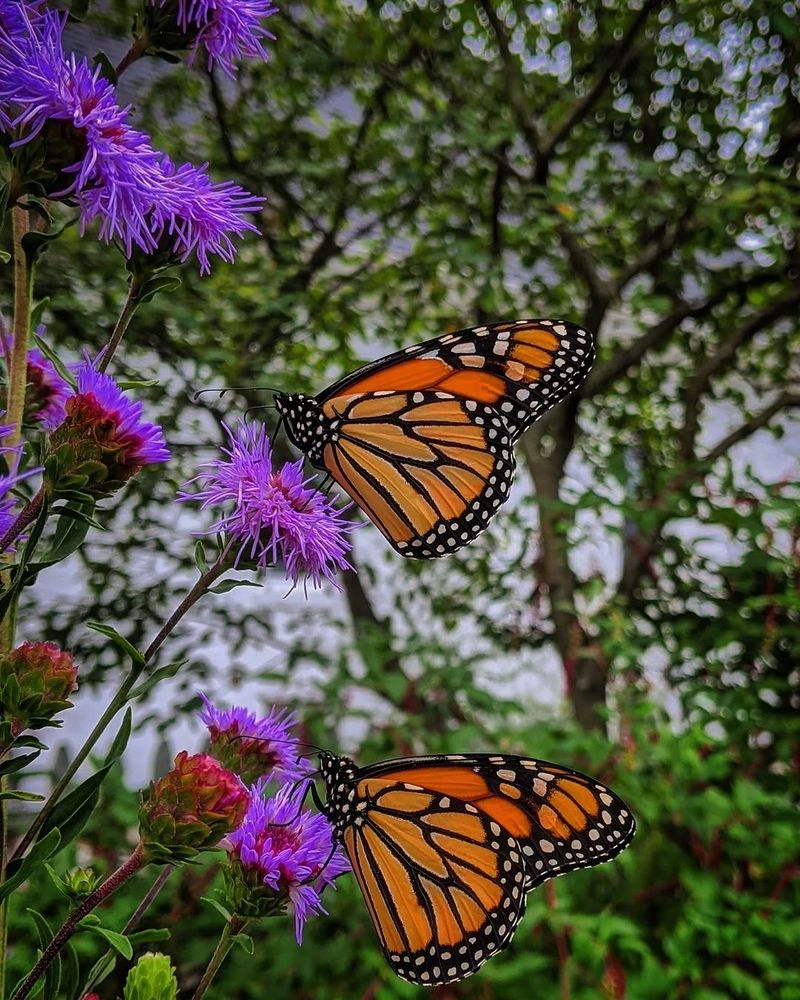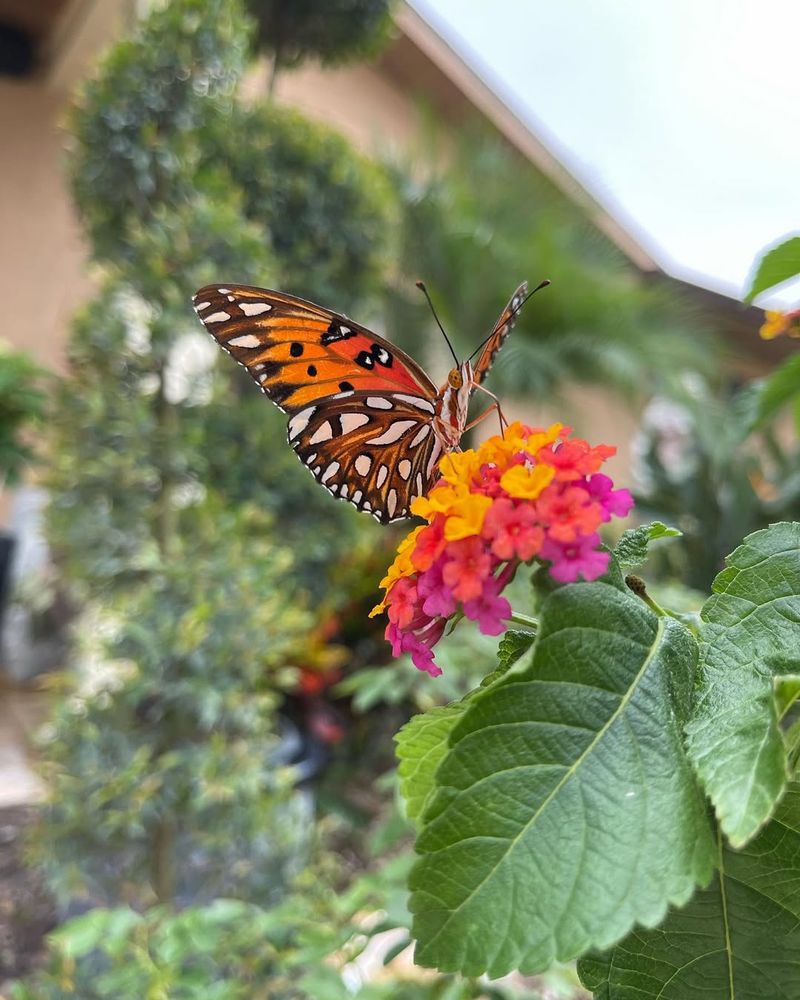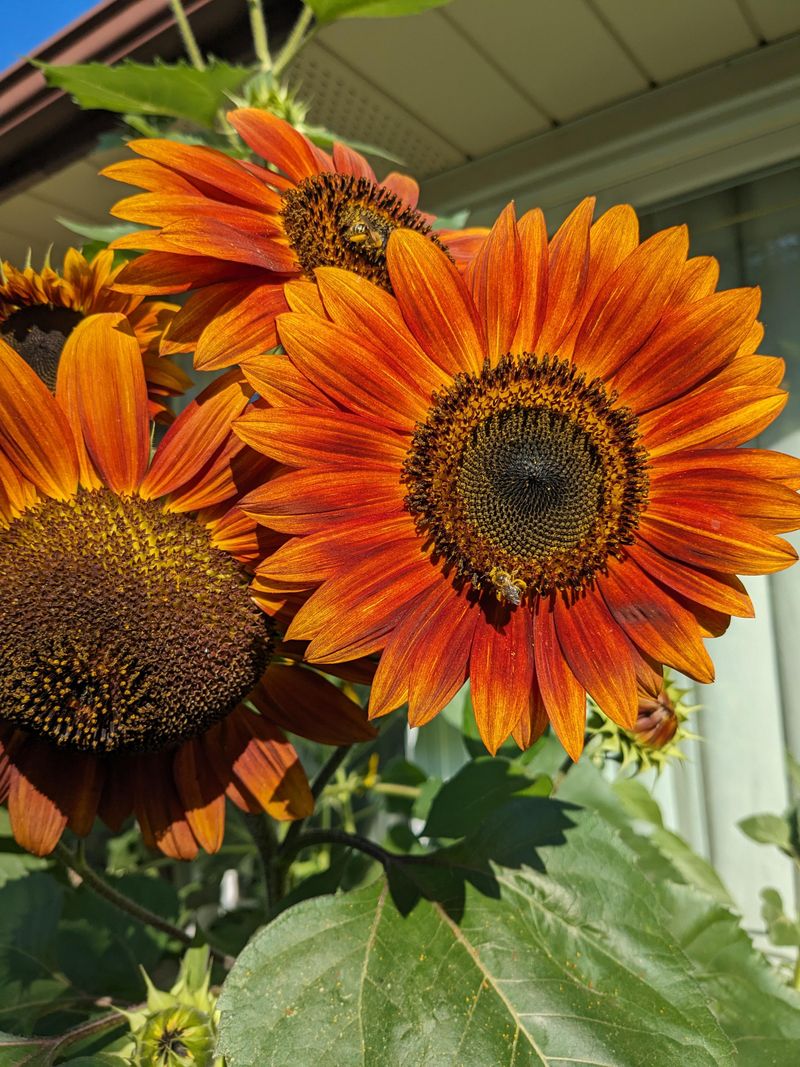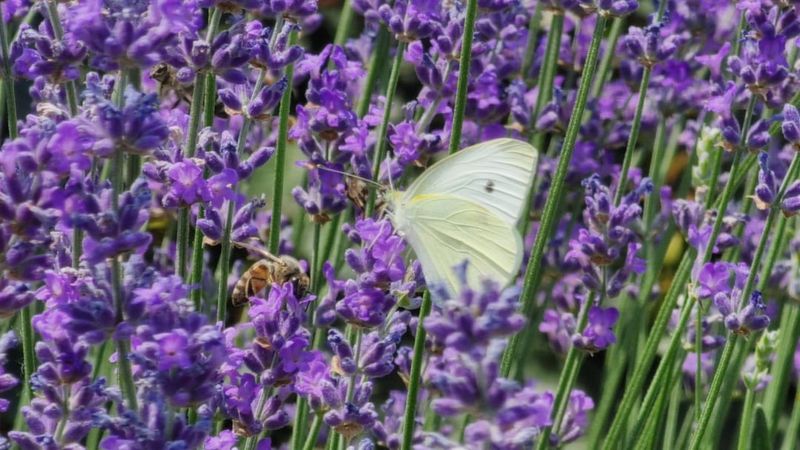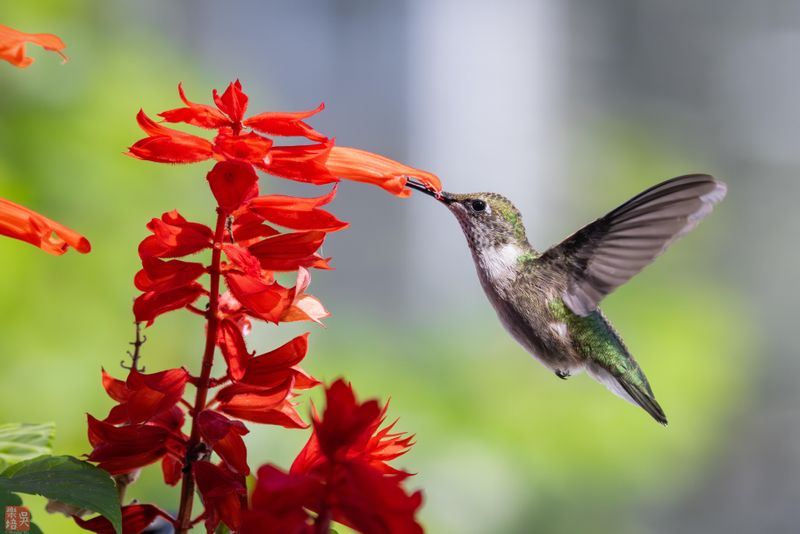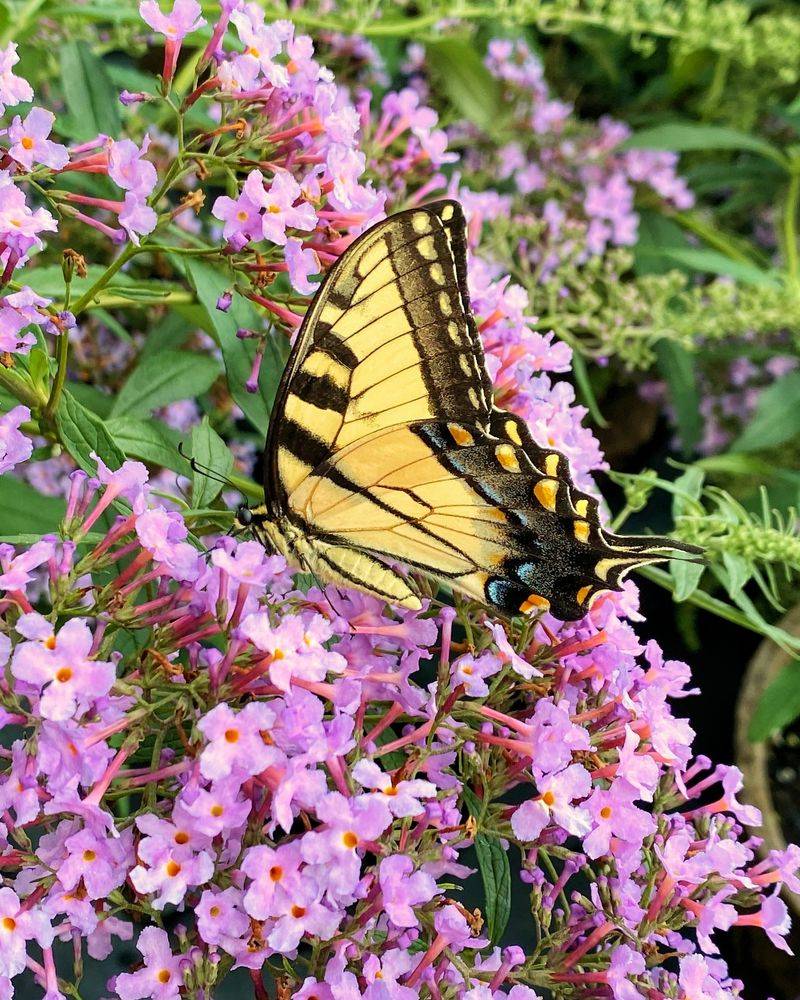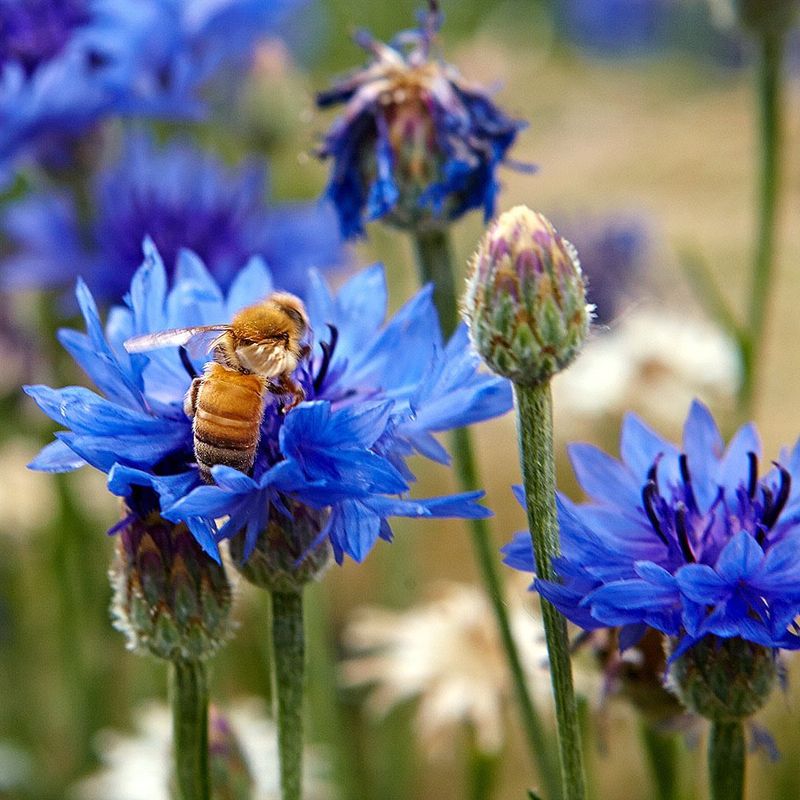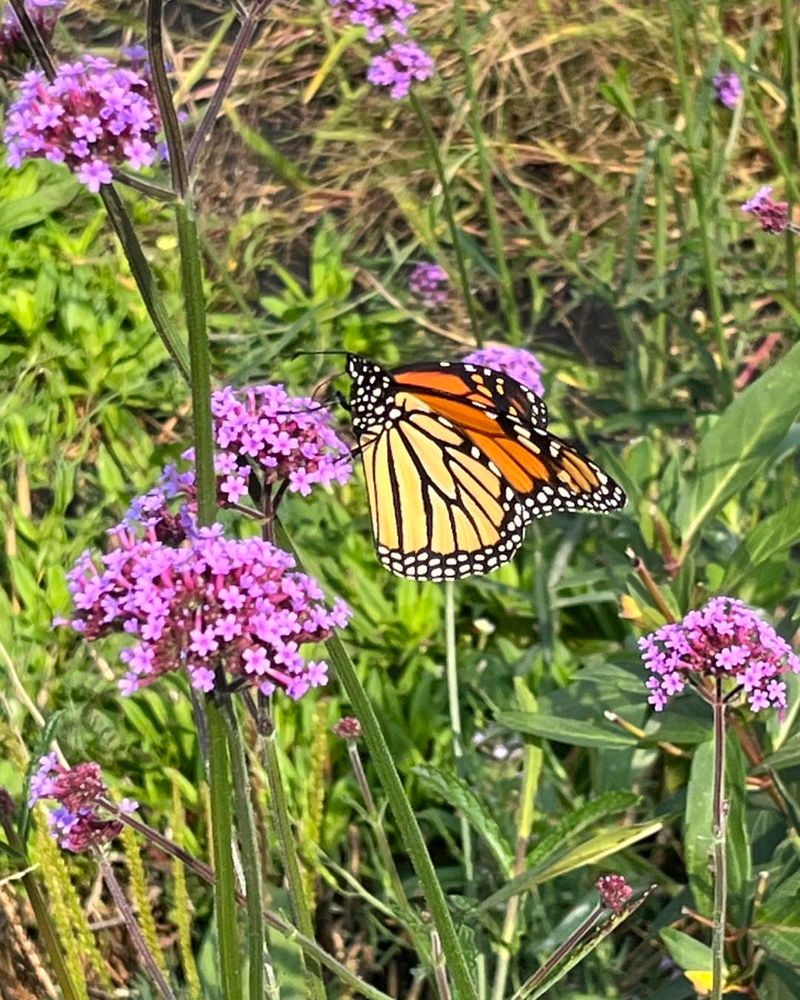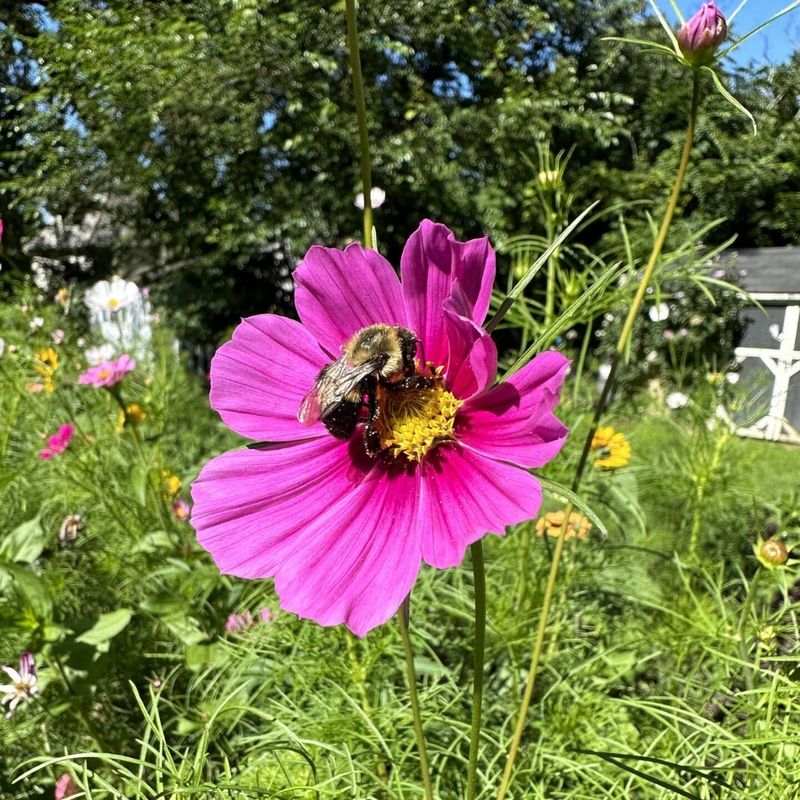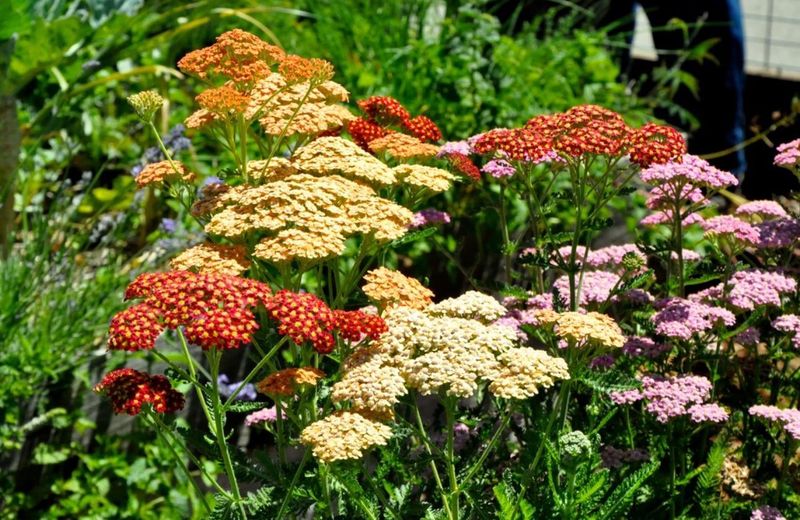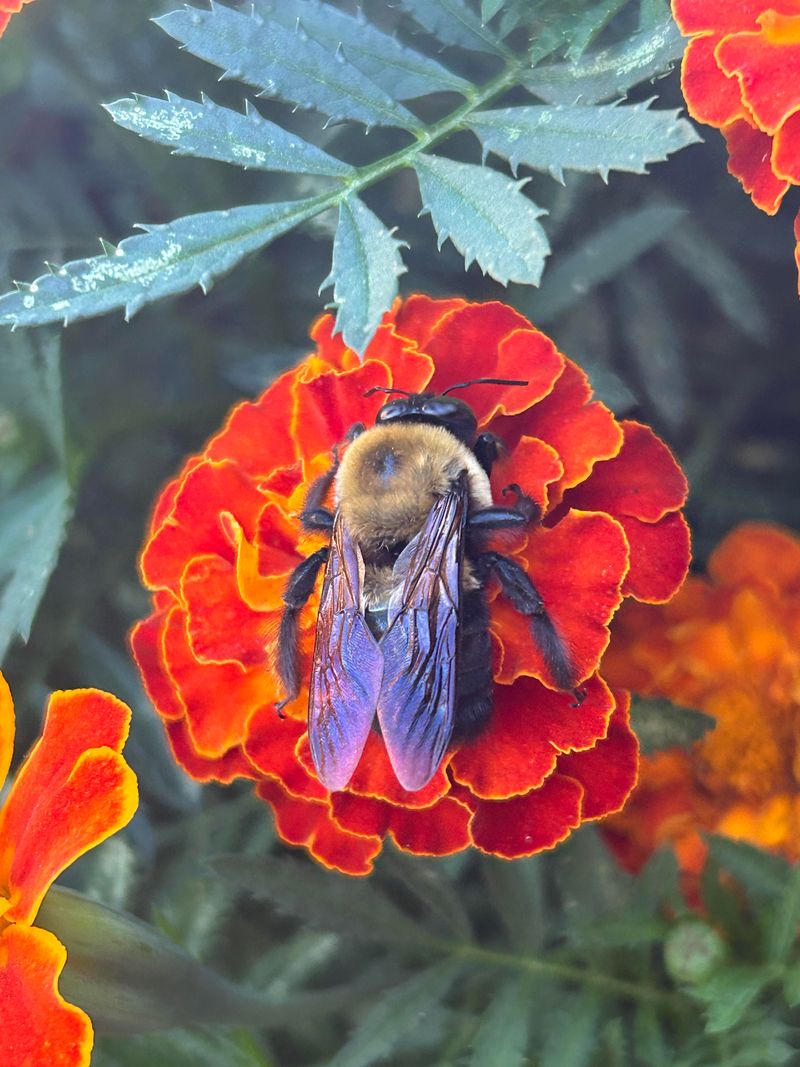Want to turn your garden into a buzzing, fluttering haven for rare pollinators? It’s not just about growing pretty flowers—it’s about building a sanctuary for nature’s most magical workers. From jewel-toned hummingbirds to elusive native bees and butterflies, these creatures are crucial to our ecosystems—and they’re counting on us. Plant the right blooms, and your garden becomes a vibrant, living magnet for beauty, biodiversity, and life itself.
1. Milkweed
I believe many of you already know that milkweed is a magnet for the beautiful monarch butterfly. With its tall stems and clusters of pink or orange flowers, it’s the perfect addition to any garden.
Monarchs depend on milkweed as their food source, making it crucial for their survival. Planting milkweed not only adds color to your space but also supports these important pollinators.
Its sweet scent also attracts other pollinators, creating a buzzing, lively environment. Milkweed is easy to grow and can thrive in many soil types, making it an accessible choice for gardeners.
2. Joe-Pye Weed
Standing tall with large, fluffy pink blooms, Joe-Pye Weed is a butterfly’s favorite. It thrives in sunny spots and can grow impressively high, providing a showy backdrop.
Not only does it attract butterflies, but bees and other pollinators love it too. The plant’s nectar is a sweet treat for many insects, making your garden a buzzing hub of activity.
Joe-Pye Weed is also quite hardy, so it can withstand various weather conditions, offering a reliable source of food for pollinators throughout the season.
3. Bee Balm
Bee Balm’s bright, tubular flowers are a feast for the eyes and a treat for pollinators. With shades of red, pink, and purple, it’s a delight to behold.
Bees and hummingbirds can’t resist its sweet nectar, making it a garden favorite. Planting bee balm ensures a steady stream of pollinator visitors, bringing life and movement to your space.
This plant loves the sun and can spread quickly, filling your garden with its vibrant blooms. Its aromatic leaves add another layer of interest, making it a must-have.
4. Purple Coneflower
With its daisy-like appearance and vibrant purple petals, Purple Coneflower is a standout in any garden. It’s especially loved by bees and butterflies, who flock to its nectar-rich blooms.
This plant is not only beautiful but also drought-tolerant, making it low-maintenance. Its long-lasting flowers provide continuous support for pollinators throughout the summer.
With purple coneflowers, your garden becomes a favorite stop for rare pollinators, offering both beauty and sustenance.
5. Blazing Star
Known for its tall spikes of purple flowers, Blazing Star is a favorite among butterflies and bees. Its unique shape and bright color add architectural interest to your garden. This plant thrives in sunny areas and prefers well-drained soil. Blazing Star’s nectar is a valuable food source for pollinators, making it an essential addition for any garden aiming to attract rare species. Its blooms bring a lively energy, as butterflies dance around its spikes, creating a delightful scene.
6. Lantana
Lantana, with its vibrant clusters of small flowers, is a butterfly magnet. These plants bloom in various colors, from yellow to pink to orange, offering a visual feast.
Lantana thrives in warm climates and enjoys full sun, making it a robust choice for gardeners. Its flowers provide nectar that attracts butterflies, adding motion and color to your garden.
Lantana’s resilience and long blooming period make it a favorite among those looking to support pollinators.
7. Zinnias
Zinnias are known for their bright, cheerful blooms that attract a wide variety of pollinators. Butterflies, in particular, can’t resist their vibrant colors and nectar-rich flowers.
These hardy plants are easy to grow and require minimal maintenance, thriving in sunny spots. Zinnias come in many colors and shapes, offering endless possibilities for garden design.
Their long-lasting blooms ensure continuous attraction for pollinators, making them a vital addition to gardens focused on biodiversity.
8. Sunflowers
Not only do sunflowers provide seeds for birds, but their flowers are a bee’s paradise. These plants thrive in sunny, well-drained spots and are relatively easy to grow.
Their towering presence adds height and interest to your garden, while attracting a host of pollinators. The sight of sunflowers swaying in the breeze, adorned with buzzing bees, is a joyful scene in any garden.
9. Lavender
Lavender is beloved for its soothing scent and stunning purple flowers. This plant is a magnet for bees and butterflies, who are drawn to its fragrant blooms.
Lavender thrives in sunny, well-drained areas and can be used in various garden settings. Its flowers offer nectar for pollinators, while the plant’s aromatic leaves provide an extra sensory delight.
A garden filled with lavender is not only beautiful but also a tranquil haven for both pollinators and people alike.
10. Salvia
These plants are loved for their striking spiky blooms that come in various shades like red, purple, and blue. Salvia flowers are particularly attractive to bees and hummingbirds, who are drawn to their nectar-rich blossoms.
Salvias thrive in sunny spots and are drought-tolerant. Their long blooming period ensures a consistent attraction for pollinators, making them a reliable choice for gardeners. Adding salvia to your garden not only brings color and beauty but also supports the vital work of pollinators.
11. Butterfly Bush
The Butterfly Bush is famous for its ability to lure butterflies with its fragrant, cone-shaped flowers. Available in various shades like purple, pink, and white, these plants are a joy to behold.
They thrive in sunny locations and are quite hardy. Butterfly Bushes provide abundant nectar, making them a favorite among many pollinators.
Their long blooming season ensures your garden remains a bustling hub of activity, bringing joy and beauty as butterflies flit from bloom to bloom.
12. Asters
If your garden needs a splash of color, Asters are ideal with their daisy-like flowers and vibrant hues. These plants are a favorite of bees and butterflies, who find their nectar irresistible.
They thrive in sunny to slightly shaded areas and can tolerate various soil conditions. Their late blooming period provides an essential food source for pollinators as the season winds down.
A garden adorned with asters becomes a lively gathering place for pollinators, creating a picturesque and dynamic environment.
13. Penstemon
Penstemon, with its tubular flowers in shades of pink, purple, and red, is a delightful addition to any garden. Bees and hummingbirds are particularly attracted to its nectar-rich blooms. Penstemon thrives in sunny locations and well-drained soil, making it a versatile choice for gardeners. Its elegant stems and flowers add a touch of grace to your garden, while supporting the essential work of pollinators. With penstemon, your garden becomes a vibrant, buzzing haven for these important creatures.
14. Borage
Have you ever seen star-shaped, blue flowers that both gardeners and pollinators adore? That’s borage—beautiful, beneficial, and bee-loved.
Bees, in particular, are drawn to its nectar-rich blooms. Borage thrives in sunny spots and is easy to grow, making it a great choice for beginners. Its flowers not only support pollinators but are also edible, adding a unique twist to salads.
A garden with borage becomes a lively, buzzing space, filled with the joyful activity of pollinators going about their work.
15. Verbena
Butterflies can’t resist the clusters of small, colorful flowers that make verbena such a garden favorite. These plants thrive in sunny areas and bloom continuously, providing a reliable source of nectar for pollinators.
Verbena’s low-growing habit makes it perfect for borders and ground cover, adding a splash of color to any garden. Its flowers attract butterflies and bees, creating a dynamic, lively environment.
16. Helenium
With its sunny, daisy-like blooms, helenium brings a cheerful burst of color to any garden. Bees and butterflies flock to its nectar-rich blooms, making it a vital plant for attracting pollinators.
Helenium thrives in sunny spots and well-drained soil, offering a burst of color late in the season. Its long blooming period provides a continuous food source for pollinators, ensuring your garden remains a vibrant, lively space.
Adding helenium to your garden supports the essential work of pollinators, while enhancing its beauty.
17. Goldenrod
Often mistaken as an allergy culprit, goldenrod is actually a powerhouse for pollinators and a must-have in any wildlife-friendly garden.
Its tall, golden spikes attract bees and butterflies, providing a rich source of nectar. Goldenrod thrives in sunny areas and can tolerate poor soil, making it a hardy choice for gardeners. Its late blooming period ensures pollinators have food as the seasons change.
Ready to turn your garden into a lively, buzzing habitat that’ll support the vital work of pollinators?
18. Cosmos
Cosmos, with their airy, delicate flowers, bring a touch of whimsy to any garden. Butterflies and bees are drawn to their vibrant colors and nectar-rich blooms.
Cosmos thrive in sunny areas and are drought-tolerant, making them easy to grow. Their long, slender stems and daisy-like flowers add a graceful, dancing motion to your garden.
These cheerful flowers offer both beauty and support for vital pollinators.
19. Yarrow
Bees and butterflies find yarrow’s nectar irresistible, making it a valuable addition to any garden. Yarrow thrives in sunny, well-drained areas and is drought-tolerant, making it easy to care for.
Its long-lasting blooms provide continuous support for pollinators, ensuring your garden remains a bustling hub of activity. Adding yarrow to your garden not only enhances its beauty but also supports the essential work of pollinators.
20. Marigolds
Marigolds, with their bright, cheerful blooms, are a beloved choice for many gardeners. These flowers not only add vibrant color but also attract a variety of pollinators, including bees and butterflies.
Marigolds thrive in sunny spots and are easy to grow, making them a popular choice for beginners. Their long blooming period provides a steady source of nectar, ensuring your garden remains a lively, buzzing space. With marigolds, your garden becomes a vibrant, inviting haven for pollinators.

